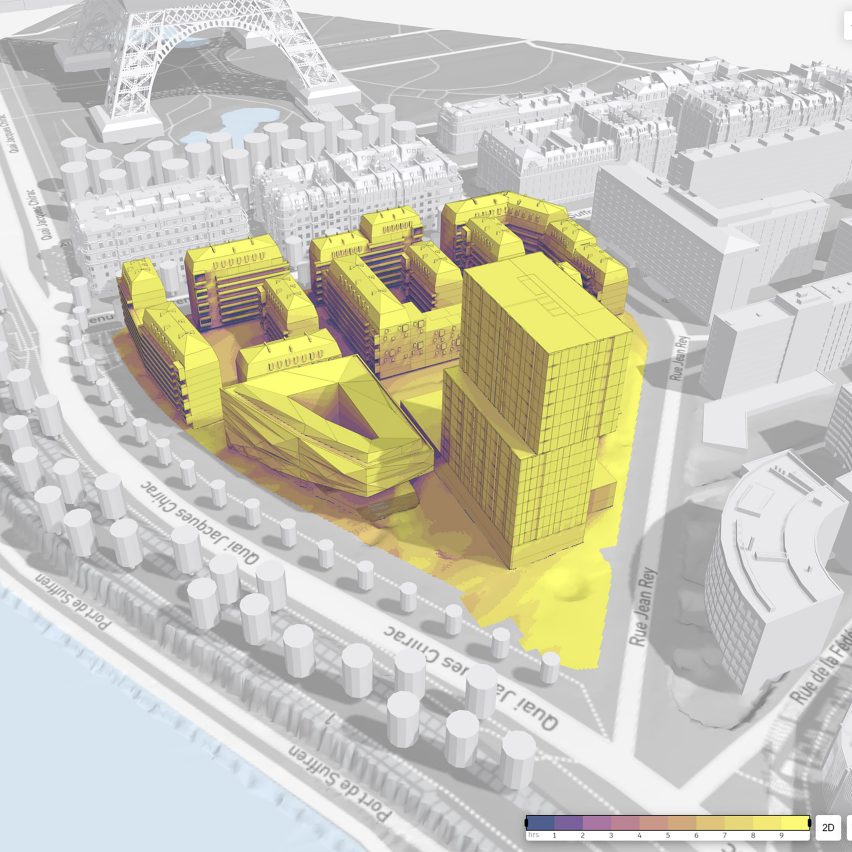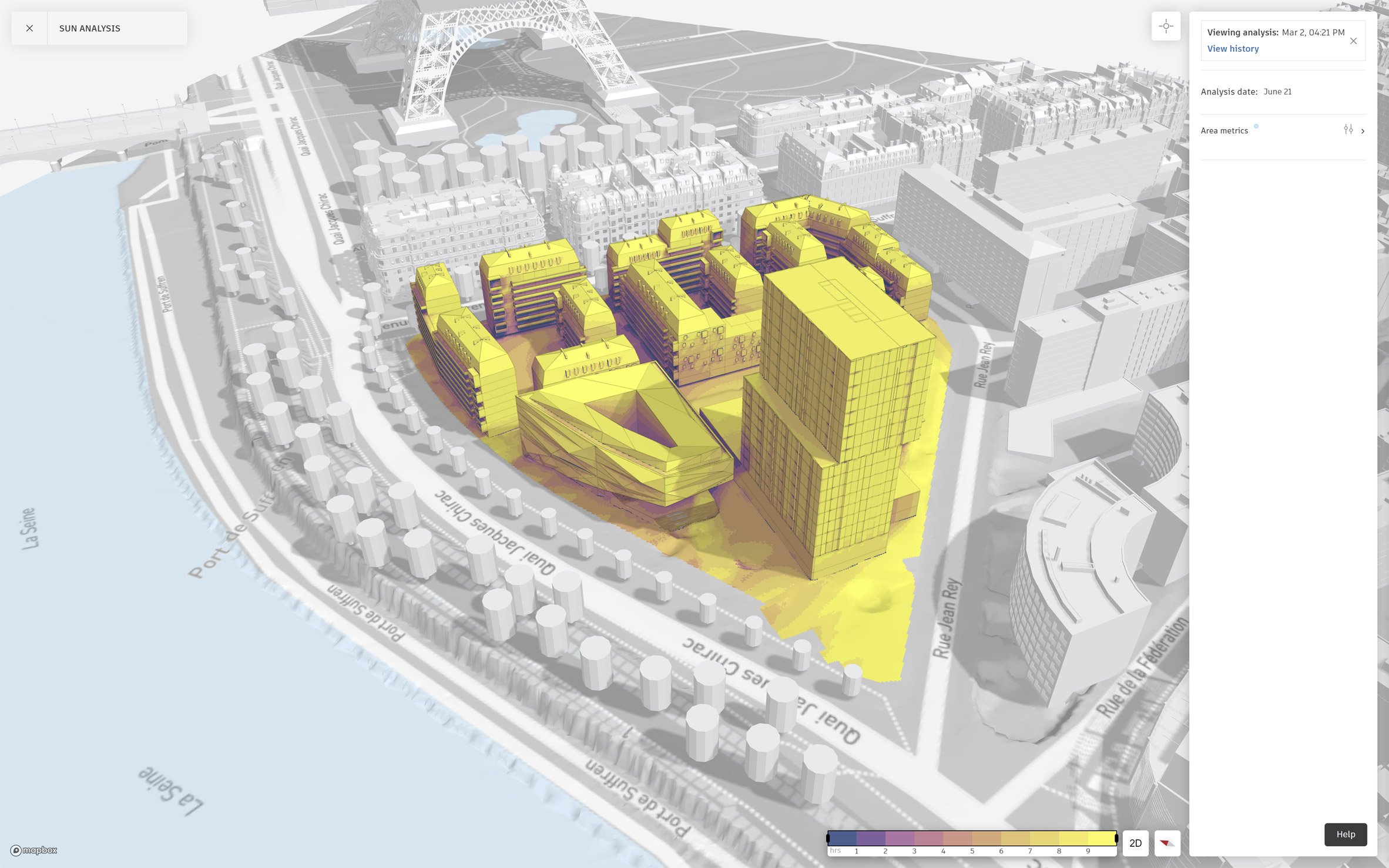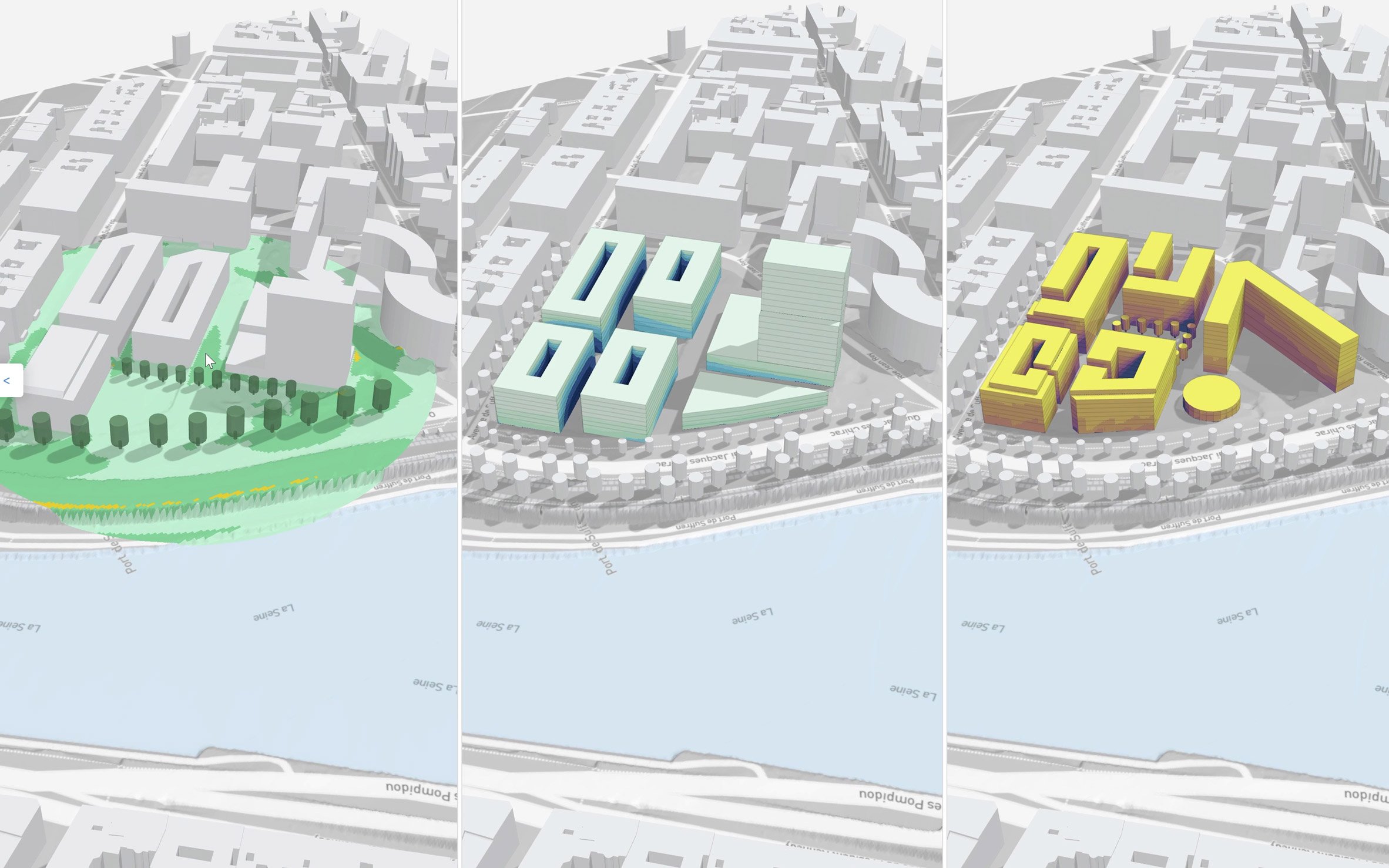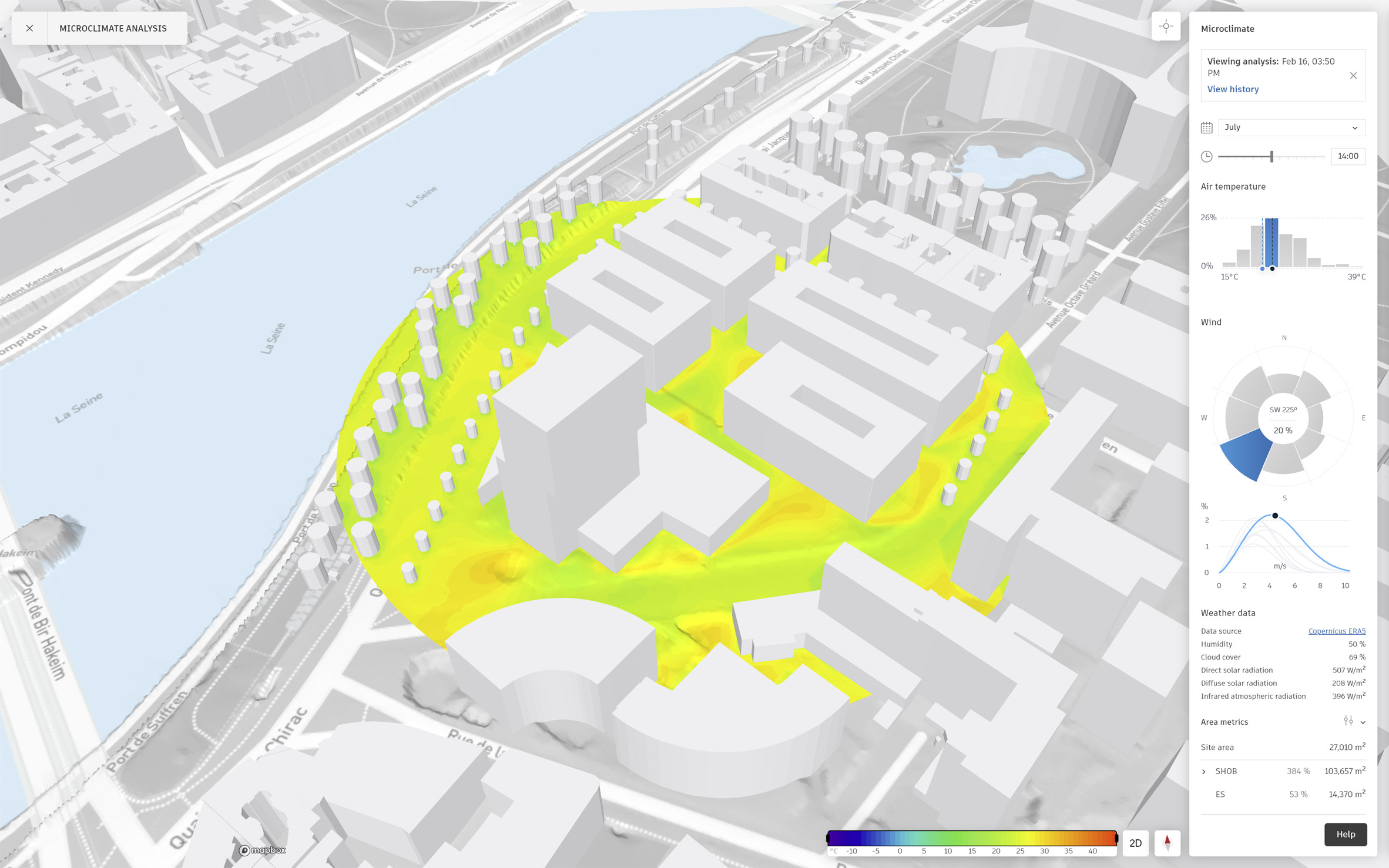
Artificial intelligence is “not the end of the universe” and instead is building a better understanding between stakeholders in architecture projects, said a panel of experts at a discussion hosted by Dezeen and software company Autodesk.
Moderated by Dezeen editor Tom Ravenscroft, the talk saw three experts discuss the role of data and AI in the architecture industry, in an event held to coincide with the launch of Autodesk‘s Forma platform, which includes AI tools to streamline design and planning.
Held online and streamed on Dezeen, the panel featured Cannon Design chief information officer Brooke Grammier, Nordic Office of Architecture partner and chief technology officer Knut Ramstad and UN Studio associate design director and senior architect Harlen Miller.

The panellists shared how AI and data-driven tools were currently being used in their own practices, as well as making their predictions for how the evolving technology would impact the industry in the coming years.
“I’m optimistic,” said Ramstad, explaining that cloud-based platforms with AI were enabling them to access a lot of data and structure it to help derive insights in real time.
“That empowers us to collaborate in teams with a more holistic approach,” he continued. “This is resulting in decision-making processes that are not only more effective but also more enjoyable and precise. And moreover, it simplifies the task of engaging in productive, interactive discussions with the clients and the stakeholders who are involved in the planning process.”

Ramstad said that he’d found that his team could often skip presentations and instead use AI tools with an easy-to-understand user interface to visualise outcomes and delve into a design together with a client.
“It’s a much tighter connection between all the parties that are involved in a design,” Ramstad said. “The traditional boundaries between the client and the architect is maybe a historic thing.”
At the same time, he urged people to be critical of the hype cycle around AI, saying it was “not the end of the universe” but a useful tool that could solve some of the industry’s problems.
Grammier and Miller agreed that humans would always add value to architecture and could not be replaced by AI.

Miller argued that problem-solving and having a “good bedside manner” would become more important for architects than ever, while Grammier said her hope was that they would soon have “living, breathing design models” that would carry on from a building’s inception through to its death.
The talk was introduced by Autodesk executive vice president of architecture, engineering and construction design solutions Amy Bunszel, who spoke about the company’s Forma industry cloud, which is tailored specifically to those working on the built environment.
She said the first set of Forma capabilities to launch is targeting the early stage planning and design process for buildings with automations and predictive analytics, many of which are using AI and machine learning.
Ramstad said they were already using the software at the Nordic Office of Architecture in many situations, such as to see how well a project performs within a range of environmental qualities affecting a building site, including wind, noise, sunlight, daylight, urban microclimates or operational energy.
Partnership content
This video was produced by Dezeen as part of a partnership with Autodesk. Find out more about Dezeen partnership content here.
The post "The traditional boundaries between client and architect may be a historic thing," says Knut Ramstad appeared first on Dezeen.
